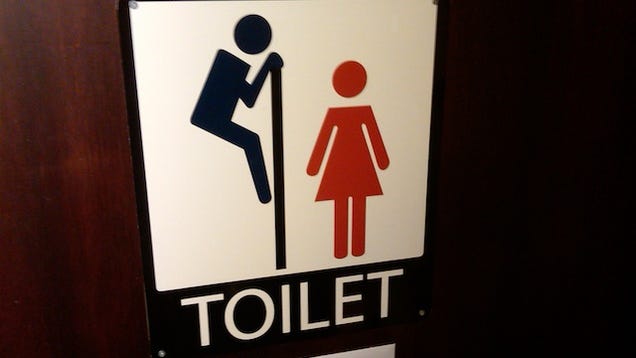stivals.
The Silver Lake community will host its annual Pola-Czesky days the first weekend in August.
The event features a 5K walk/run, fireworks and the oh-so-popular toilet bowl races.
On the first Friday in August, Silver Lake’s Main Street transforms from a quiet thoroughfare to the highlight of Pola-Czesky days.
“They put a toilet bowl on a frame, with wheels, and race it down a street,” said Sharon Bandas, a resident of Silver Lake.
Harvey Mikolichek founded the races.
He said the idea came to him in effort to expand the town’s annual festival back in the 1960s.
“We got together and the idea just came out,” he said. “My grandmother was sitting by us and said, ‘That’s disgusting,’ and we thought, ‘We’ve got something here,'” Mikolichek said.
During the first year, the toilet bowl races were nothing more than an old latrine strapped on a red wagon and pushed down a hill.
“It wasn’t the smartest thing to do, and we found out how sharp the porcelain is when they break,” Mikolichek said.
Over the years, the competition evolved for safety reasons. In the ‘70s and early ‘80s, competitors built their own toilet bowl cruiser and raced down a flat road under the power of a plunger.
However, through the ‘80s and ‘90s, the toilet bowl races were canceled and eventually replaced by a lip syncing contest.
Seven years ago, the race made its return with the help of Silver Lake resident Ben Stifter.
“We started talking one night and wanted to start the races up again,” Stifter said.
While Stifter wasn’t alive to see the first generation of toilet bowl races, he heard the old stories of tough competition from his family. One of those family members even passed down one of the old toilet bowl racers for the first year of the new competition.
“It was pretty crazy,” Stifter said. “We had a big crowd, a really big crowd.”
In the last few years, the race underwent another evolution with latrine themed obstacles added along the two-block course.
“That adds a lot of fun, because it takes away from the straight race,” Stifter said.
Teams of two sit on toilets attached to wheels and push their way through the course with plungers.
In their first obstacle, teams must unravel an entire roll of toilet paper before moving on.
In the second obstacle, teams race to fill a toilet tank with water.
The third obstacle involves spinning around a plunger before racing back to the starting line.
“It’s more challenging than it looks, that’s for sure,” said Kerry Venier, Silver Lake’s city clerk.
While participants put in all their effort for a first place finish, everyone sees the humor involved in using old toilet bowls.
“I didn’t have a paper to read, had I had that, I probably would have flew,” Venier said during a practice run.
“It makes it fun for an audience and gets them involved, it’s fun,” said Tom Hoffman, who lives in Silver Lake.
This year, the contest will add another element with a contest based on the most elaborate latrine.
“I know we’re going to see a taco. I know we’re supposed to see a hunting scene,” Mikolichek said.
Only in Silver Lake can a toilet be part of a team sport.
“It’s just a hilarious thing,” Bandas said. “Everyone lets their hair down and has fun.”
source: http://minnesota.cbslocal.com/2016/07/24/finding-minnesota-silver-lakes-toilet-bowl-races/
by Rachel Slavik
http://www.thisoldtoilet.com






